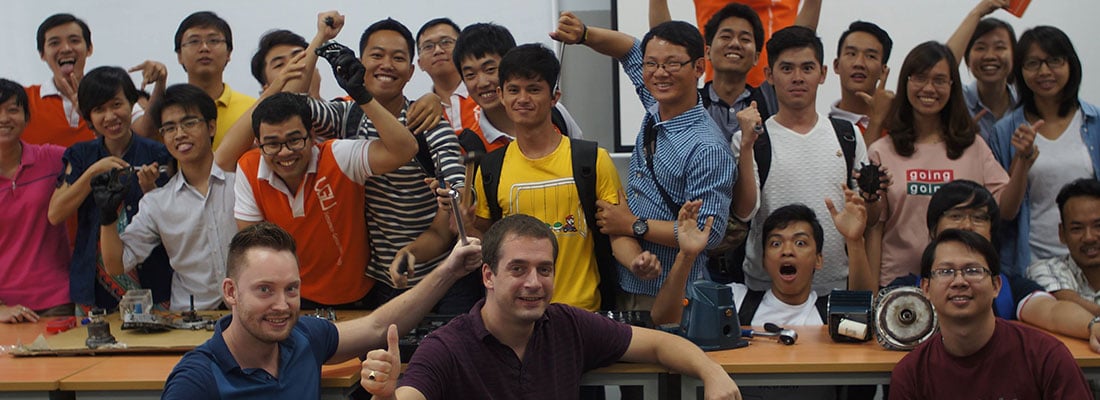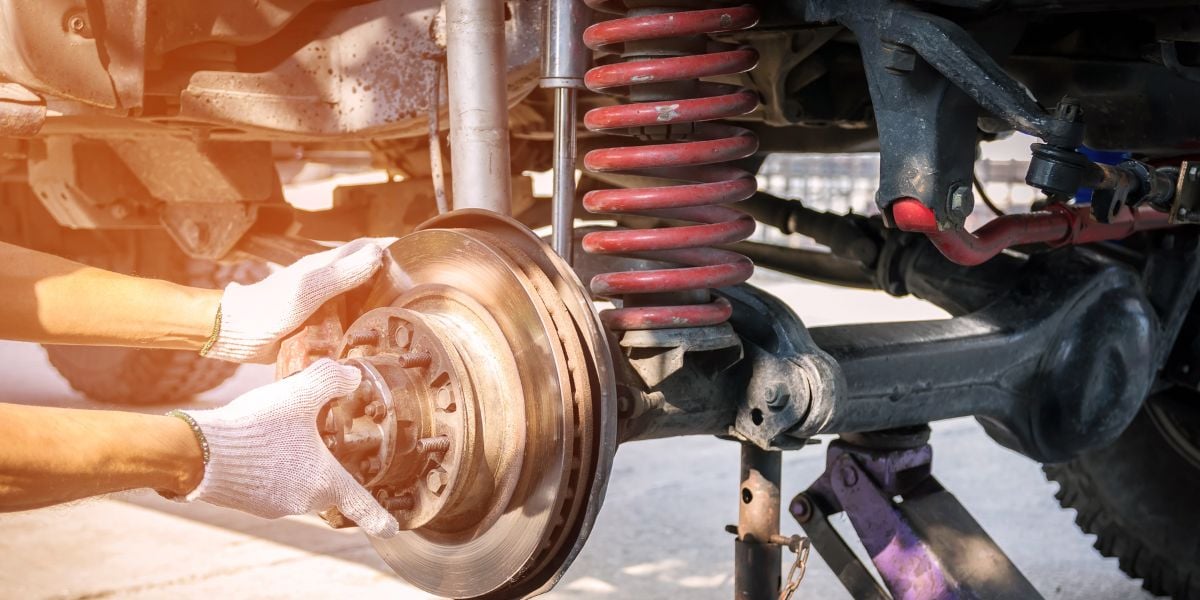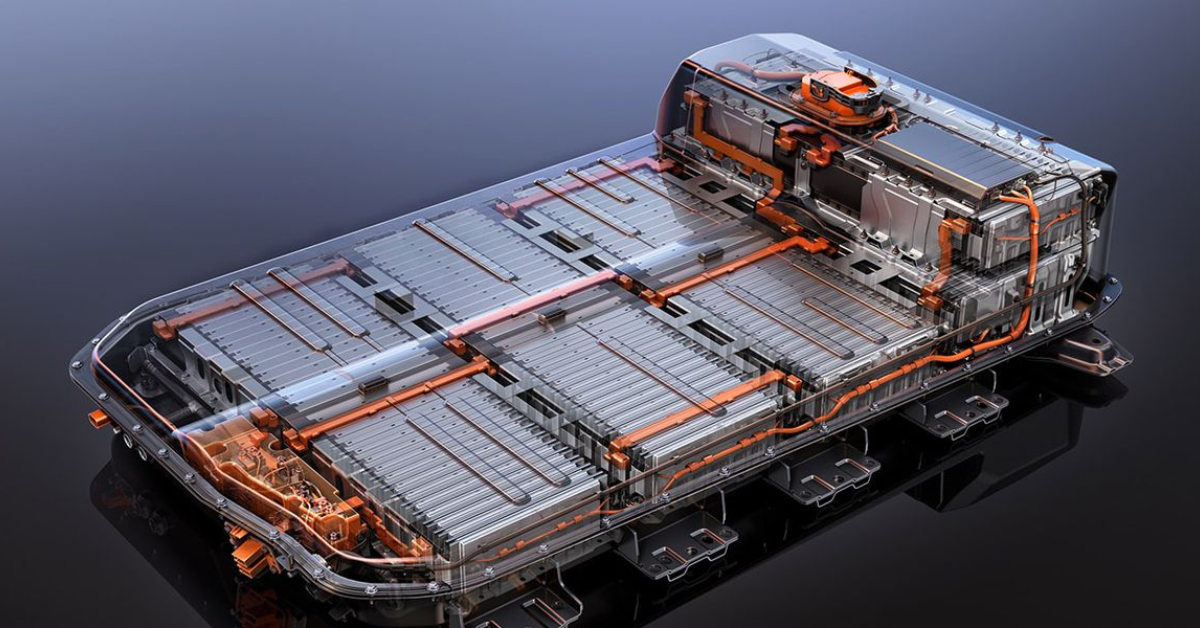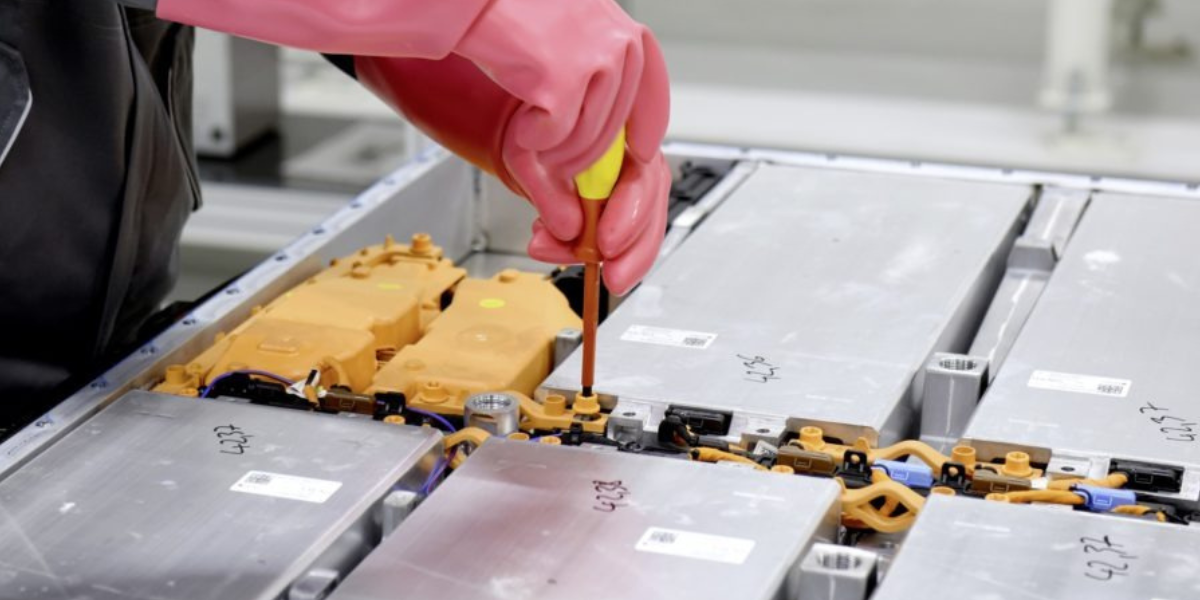From repair to remanufacturing
‘There is a remanufacturing potential here that can be unleashed - and not just to enter remanufacturing, but to innovate in remanufacturing in Vietnam’
Vietnam has a strong culture of repair - but what if you could introduce remanufacturing to this rapidly-developing nation of 95 million people? Thomas Guidat is trying to make that a reality, finds ReMaTecNews Asia-Pacific correspondent Tim Maughan
Repair or remanufacture? There is a large repair business culture in Vietnam, but Thomas Guidat, research engineer at the country’s Vietnamese German University (VGU), believes that the country’s repair business also has the potential to morph into a fully-fledged remanufacturing sector. “Vietnam has a dynamic democracy,” he says. “There are many young people who are ready to work. But it is difficult to identify remanufacturing.” However, with guidance and a solid strategy, this could change, the academic believes. Crucially, Guidat is not content just to be an authority on the remanufacturing world – his mission is to physically implement it into Vietnam. And tangible progress has already been made.
Remanufacturing degree course
He put together a study programme at his university in Binh Duong, near Ho Chi Minh City, where the institution has well-equipped workshops. VGU has already recruited its fifth intake of students on its two-year Global Production Engineering (GPE) masters course, which results in a German qualification, awarded by the Technische Universität Berlin (TU Berlin). Each course, he says, enrols between 25 and 30 students. The course covers general manufacturing, but also has a dedicated remanufacturing section. He speaks of the “strong collaboration” the university enjoys with industry, in particular a well-known German footwear manufacturer: “Adidas is giving scholarships to our students, to help train them into engineers. Adidas works together with our study programme to train the students to be innovators.” Guidant says the course assesses the development of remanufacturing in Vietnam, taking into account local manufacturers. “We talk about sustainable manufacturing in our study programme, so we not only show how to do production today, but also how you can have a shift from traditional manufacturing to sustainable manufacturing,” he explains. The dedicated remanufacturing courses are short – just two to three weeks long – but sharply focused. International lecturers teach the course, as well as those from Vietnam.
Training gap
In the Vietnamese workplace, he says, there is a large gap between training for manufacturing and remanufacturing. “You need two days to train a worker in a normal manufacturing facility, but it takes two months to train a worker in remanufacturing, because they need to be educated about remanufacturing - they need to understand the product. They need many more skills than in normal manufacturing, where you just take a part and put it together. This is a challenge in remanufacturing: how to train the worker so that they reach the quality expected in remanufacturing.” Guidat speaks of the “middle-income trap” in the country. “It is difficult to say that there is a remanufacturing industry in Vietnam. You cannot identify it, and there is no collaboration between different companies, and there is no unifying body. When you talk about remanufacturing in Vietnam, you must understand that supposes that you reach the same quality as a new product, with the same specifications. Here, there is no initiative to enable people to reach this quality.” Where remanufactured goods in more developed countries attain the same standards as new products, there is some way to go before this level is attained in Vietnam, says Guidat. One of the reasons for this is the lack of the necessary machinery. “It is important to stress that the action I am doing here is to try to bring the country from repair to remanufacturing - to show that it is possible to do remanufacturing operations in Vietnam,” he insists. “The issue here is mostly the relation to quality. You can open a factory, with a cheap workforce, but it will be difficult to have the same quality as in more advanced countries, because here there is a lot more manual work, with less automation.”
Unleashing remanufacturing potential
The possibilities for remanufacturing to take off in Vietnam are there, especially with the solid training VGU provides, but it will take time. At present, he says, repaired goods in Vietnam rarely are handed back with a guarantee. “I will go to industrial environments in Vietnam,” he goes on. “Today, Vietnam doesn’t have its own products, and they don’t have the design. But in the future it could be that they could use remanufacturing to gain a much larger part of the value added in one product, from the second life.” Guidat also believes that there will be opportunities, whereby products are sent from other countries, remanufactured in Vietnam, and then dispatched back to their customers. He says that the Vietnamese, in this way, may well be able to capture a sizeable chunk of the “value added”. At the same times, he says, there are opportunities for products in Vietnam to be remanufactured for the domestic market. So what about the general working culture in the country and its prospects for remanufacturing development? “There is a lot of potential here,” he says. “When you see how many adaptations they make to a motorbike, like a motorbike truck, so many different ways to use a motorbike; they are very creative in the way that they can adapt to the situation, and there is much adaptation potential.” He speaks of a “roadmap”, a strategy that will be needed if remanufacturing is to flourish in Vietnam. With the VGU production engineer course already in place - and the reman component - there is already a solid basis. Guidat points out that VGU intends to present the benefits of remanufacturing to members of the Vietnamese government in the future, to discuss how the industry can develop. He says that remanufacturing is not simply a “scientist’s dream” – not an unproven area. Rather, it is a multi-billion-dollar industry, established in many parts of the world. When this is fact is made known to the government, he is confident that it will warm to an emerging Vietnamese remanufacturing sector. “There is a remanufacturing potential here that can be unleashed - and not just to enter reman, but to innovate in remanufacturing in Vietnam,” concludes Guidat.
Share your remanufacturing stories with us
Do you have an innovation, research results or an other interesting topic you would like to share with the remanufacturing industry? The Rematec website and social media channels are a great platform to showcase your stories!
Please contact our Brand Marketing Manager.
Are you an Rematec exhibitor?
Make sure you add your latest press releases to your Company Profile in the Exhibitor Portal for free exposure.



